Using a Roland SPD-SX Sample Pad with Prime
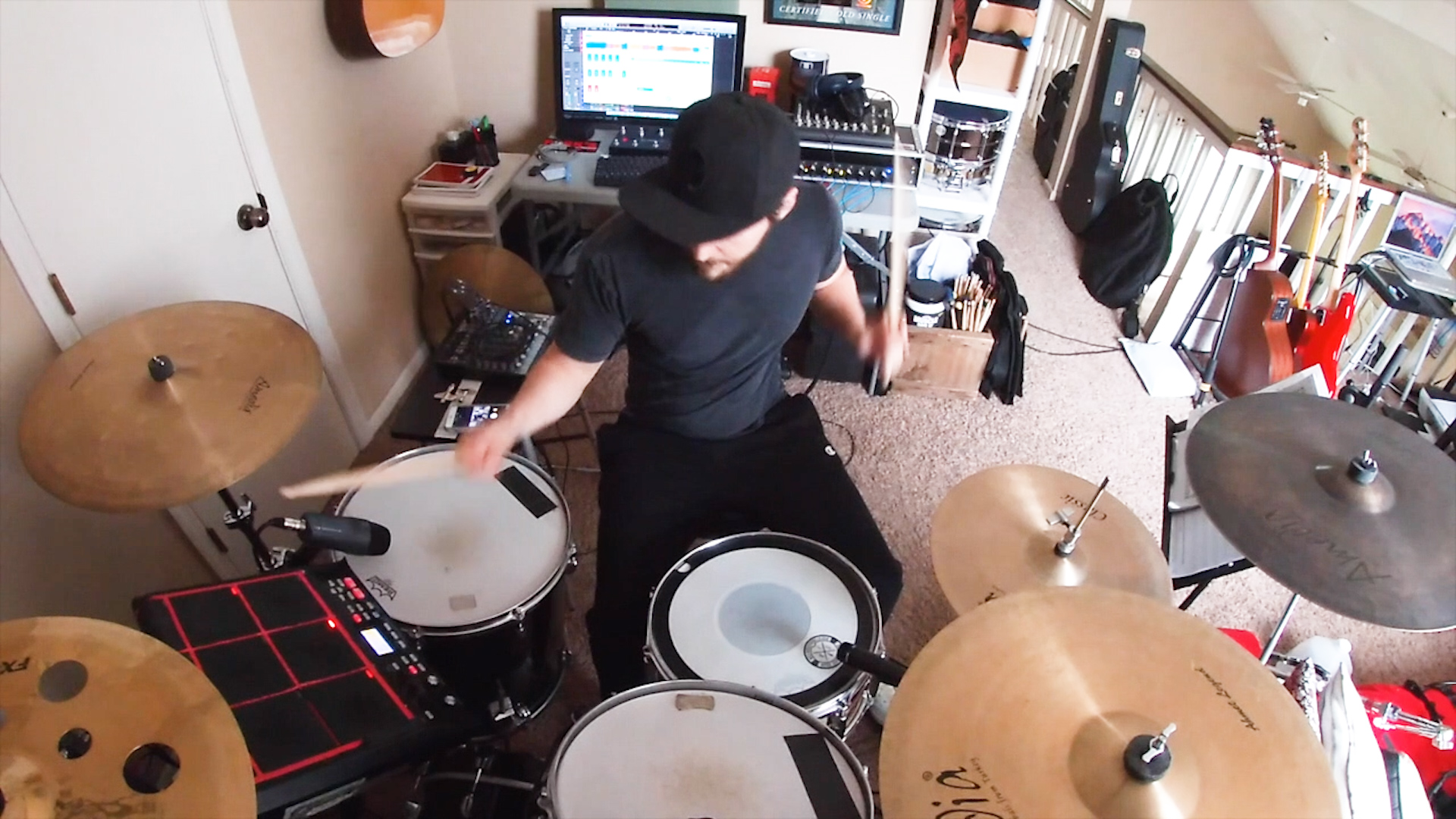
With Prime’s MIDI Out feature, you can automate patches to any program or device that accepts MIDI! This includes the Roland SPD-SX sample pad. The SPD is a percussion pad with tons of sounds that are great for the studio as well as live performance. Using Prime’s MIDI Out feature allows for you to change the sound of your SPD sample pad automatically, so you can focus on the performance itself.
Prime’s MIDI Out feature is a feature available to any Loop Pro Premium, Plus or Ultimate member. To learn more about Loop Pro, click here.
For this example, we will be using a setup consisting of Prime for Mac connected to Track Rig, and a Roland SPD-SX connecting to Track Rig’s USB Hub. The Roland has 5 pin MIDI connectors, so a USB to MIDI cable is connecting the Roland to Track Rig.
What’s great about using Track Rig in this setup, is that with Track Rig’s USB hub, you can send MIDI signals out to the Roland SPD as well as three other devices. For example, if your keyboard player is using sounds in MainStage, Prime would be able to control both the patches in the Roland as well as the patches in MainStage. Hook up a Looptimus or Looptimus Mini to Track Rig as well, for even more hands-free control.

Setting up the Roland SPD-SX
The first thing we will need to do to configure this setup, is to make sure the SPD is ready to accept MIDI messages. To make sure the sample pad is ready, follow these steps using the Roland’s interface.
- Select Menu.
- Select Setup.
- Scroll down and select MIDI.
- Take note of the “Global Channel” setting. We will need this in Prime.
- Make sure “Local Control” is on.
- Make sure “USB-MIDI I/F” is off.
Once this is all set, you can return to the main window, then head over to your Mac running Prime.
Setting up your Computer
We need to make sure that Track Rig is being read by the computer. Open “Audio MIDI Setup”, click “Window”, then “Show MIDI Studio”. From here you should see a window that shows a web of devices and networks that are connected to your computer. Find Track Rig. By default, it’s name may read “USB MIDI Interface”. If you would like to change the name, simply click on it and enter a new name under “Device Name:”. Regardless of its name, once you see Track Rig in this window, you are good to go.
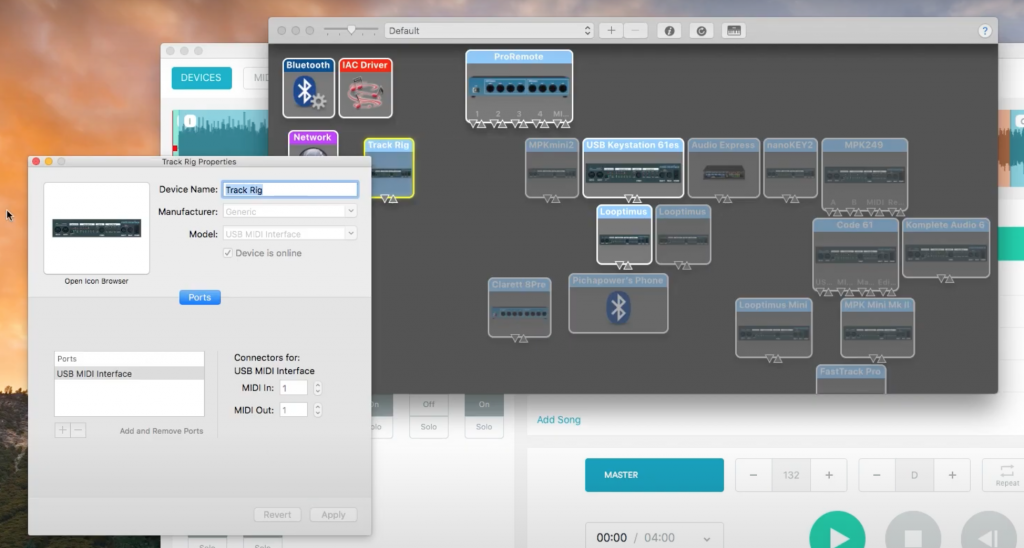
Setting up Prime
In Prime, click on the gear icon in the top right corner. From here, find the “Midi Cues Connections:” section. If not already, select Track Rig in this section. This links Prime to Track Rig as well as anything connecting Track Rig, such as the SPD sample pad. The next step is to add in MIDI cues where we want the patches changes to occur. Follow the steps in Prime to do so.
- Open the song you want to add patches changes to.
- Select “EDIT”.
- Select “Edit Midi Cues”.
- Double click on the waveform to insert a MIDI cue.
- Select the correct MIDI cue parameters then hit “SAVE”.
- Repeat until all MIDI cues are inserted.
- Select “DONE”.
MIDI Cue Parameters
Now inputting the parameters for each MIDI cue will depend on which patch you want to toggle. For inputting patch changes for the Roland SPD, we will need to change three of the four parameters: “MIDI”, “Note”, and “Channel”. The last parameter of “Velocity”, can be left alone.
MIDI
For the “MIDI” parameter, simply select “Program Change” for all of them. This is because the Program Change selection corresponds to patch changes.
Channel
For the “Channel” parameter, the selection should always be the “Global Channel” number listed on the SPD. In this example, the Global Channel in the SPD is 10. So for each MIDI cue, 10 is selected under “Channel”.
Note
The parameter that will change depending on the patch, is the “Note” parameter. The “Note” parameter should correspond to the kit number on the SPD. To find out what kit number a certain patch is, open the patch and look in the left corner of the screen. One thing to mention is that Prime reads MIDI values starting at 0. Other devices such as the SPD read values starting at 1. Because of this, 0 in Prime is actually equal to 1 in the SPD. So when inputting the “Note” value in Prime, you must subtract a single value from the SPD. If the kit in the SPD reads 30, then in Prime the corresponding value is 29. Use this knowledge when inserting the “Note” parameter in your MIDI cues.
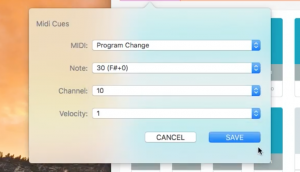
That’s how you set up MIDI cues in Prime with the Roland SPD-SX sample pad! When playing through tracks in Prime, the SPD will change its sound automatically when passing through a MIDI cue. This is great for drummers because they won’t have to worry about changing the patch sounds themselves and can focus on their performance. To learn more about Loop Pro and its features including MIDI cues, click here!
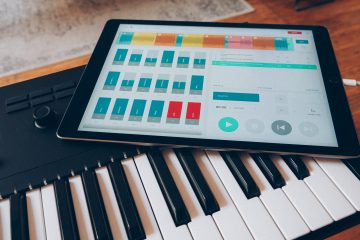
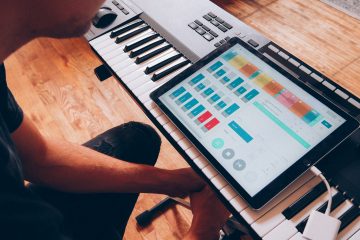

0 Comments